Beware, the Banality of Evil
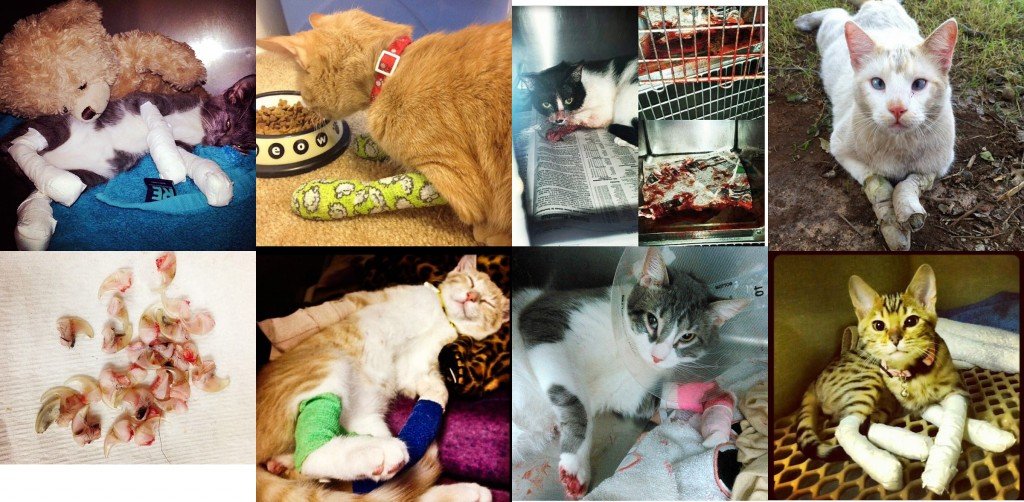
Beware, the banality of evil.
Some old time vets will hang on to the past, using antiquated techniques and medications, because that’s what “they were taught.” They don’t question what is “normal.” Other vets are more innovative and want veterinary medicine to be as progressive as human medicine. State of the art medicine and diagnostics can really help save lives. These vets are willing to learn new, life-saving techniques and medications and therefore eschew the old, the less effective or inhumane.
Purina & Declawing Veterinarians – A Mutually Beneficial Relationship
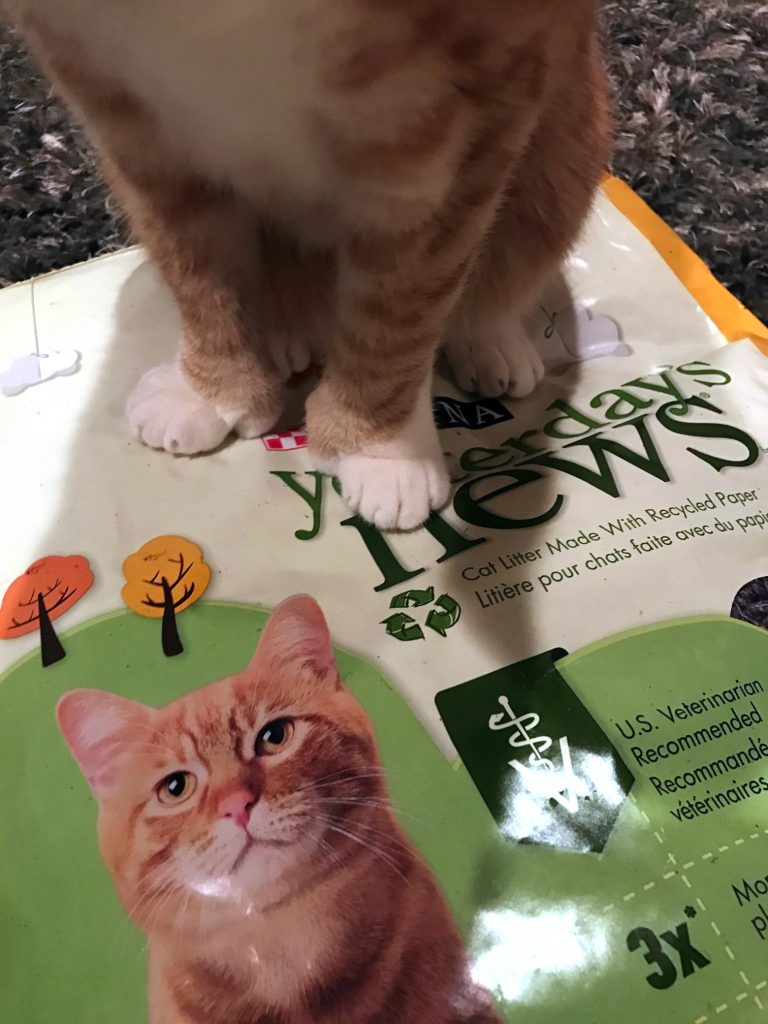
Here are examples of how pro-declaw vets and Purina have a mutually beneficial relationship and how they are profiting from this very inhumane and cruel procedure.
Purdue’s AAHA Accredited Animal Hospital Profits from Declawing Cats
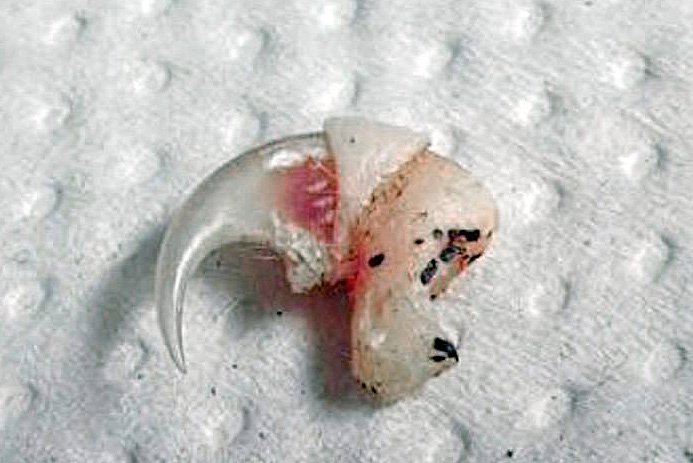
Purdue Veterinary Wellness Clinic says they do “pain free declaws” with their CO2 laser. How can burning off a cat’s toe bones and claws with a super heated laser be pain free? How is declawing “feline friendly” handling?
New Jersey Veterinarian Says Declawing Is Malpractice

The veterinary professional organizations have not recognized onychectomy for what it really is: malpractice.
For a veterinarian to harm an animal and with no physical benefit to that animal is
tantamount to malpractice. Despite cautions to their members for decades, professional
veterinary associations have not effectively reined in their veterinarians from performing routine
onychectomy.
In 2017 the NJVMA Said Only A Small Number of Declaws Are Performed & They Are Safe & Virtually Painless
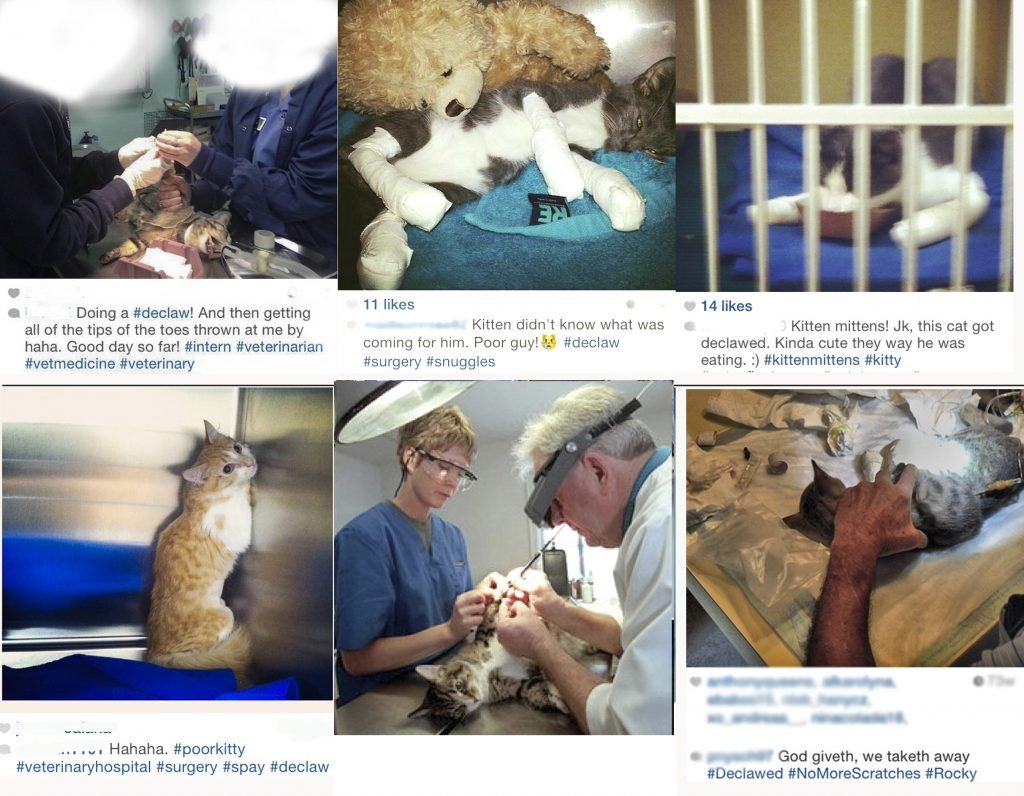
The NJVMA has to lie and use fake facts to protect their right to declaw cats.
It’s almost as if they know there is no good reason to declaw but are trying to convince themselves that it’s ok to still make money from mutilating cats.
One Giant Step For Catkind That All Veterinary Practices Should Take
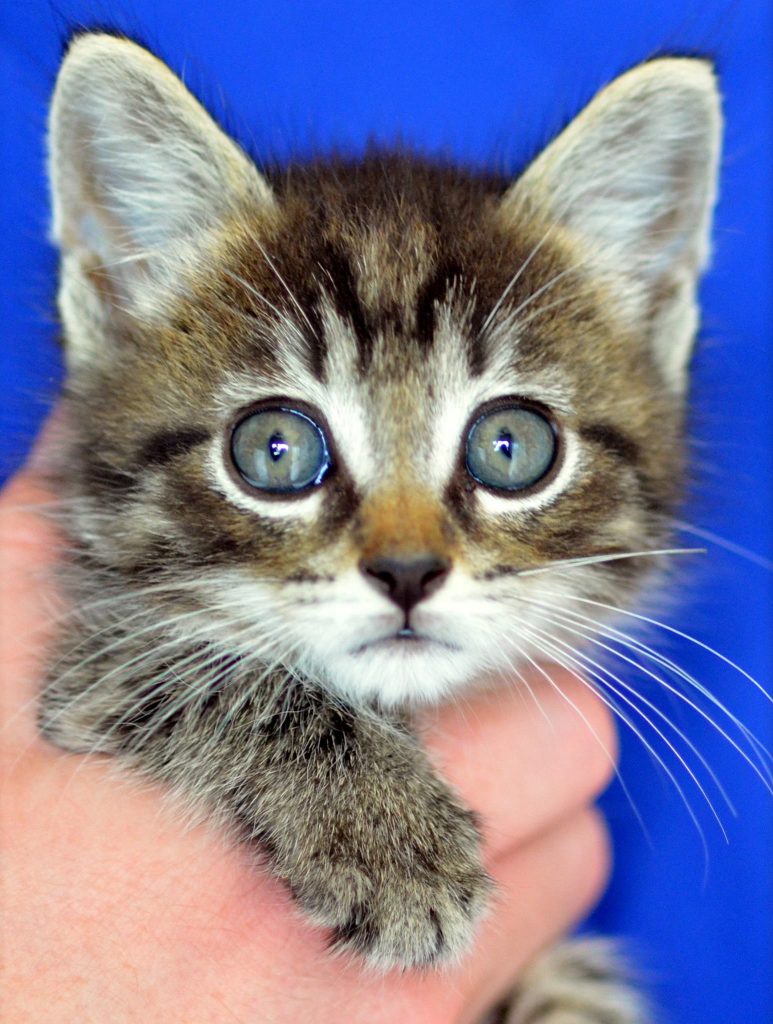
We used to believe that declawing cats saved their lives. We feared that cats with claws would be turned in to the shelters in record numbers, and that we were doing a good thing by making cats more likely to stay in their homes.
As it turns out, the numbers do not bear this out. When areas have stopped declawing, the number of surrendered cats actually dropped. This left us with a question. We know that even under the best of circumstances, a declaw is a major and painful surgery, (and no less so when it is performed with a laser, by the way.) It is an amputation of the end of the cat’s “finger,” not just the removal of the claw itself. And even when performed perfectly, can have life-long complications.
So we wondered, if we weren’t saving cats, and this procedure can be painful to cats, why were we doing this? Although we know furniture destruction can be a problem, it can almost always be prevented with the right techniques. Besides, when it comes down to it, as veterinarians, our main concern is the cats, not the couches. We have to do what is best for our patients.
Amputating 10 Cat Toes Is No More Painful Than A Neuter – NJVMA SpokesVet
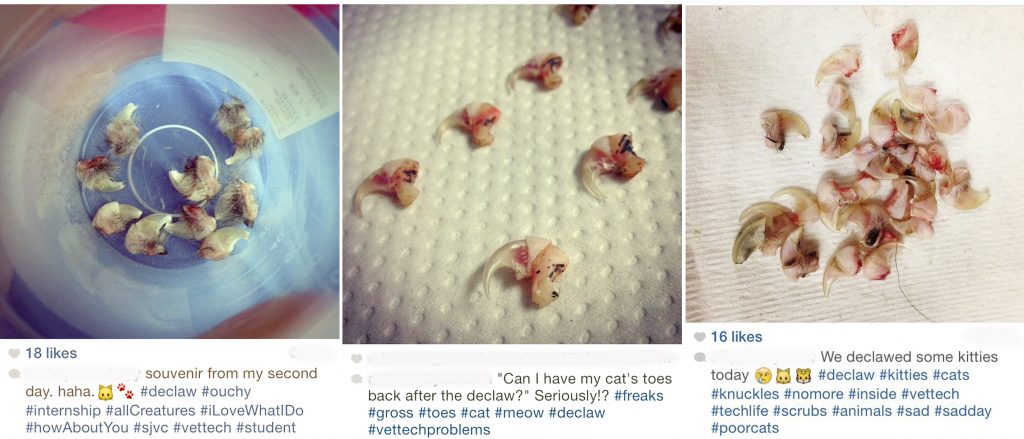
When cats start walking on their balls then we will start believing the NJVMA’s spokesvet Dr Yurkus and his animal hospital that declawing isn’t more painful than neutering.
Meanwhile, the American Association of Feline Practitioners’ policy on declawing states:
“Physically, regardless of the method used, onychectomy causes a higher level of pain than spays and neuters. Patients may experience both adaptive and maladaptive pain; in addition to inflammatory pain, there is the potential to develop long-term neuropathic or central pain if the pain is inadequately managed during the perioperative and healing periods.” [AAFP Policy Statement on Declawing, 2007.]
The AVMA, Declawing & Cigarettes. Lies and deception.

Just like the tobacco companies did in the 30’s and 40’s for smoking, the veterinary profession started deceiving cat owners in the 50’s to believe that declawing was humane.
The veterinary associations and pro-declaw veterinarians are still perpetuating these lies and deception about declawing so that they can keep making money from this very inhumane procedure.
Declawed vs Normal Cats: Observable Anatomical Changes

Declawing changes the conformation and weight-bearing characteristics of a cat’s paws. This paper graphically shows these physical changes.
How The NJVMA’s Past President Lied To New Jersey Legislators in His 2016 Testimony About Declawing
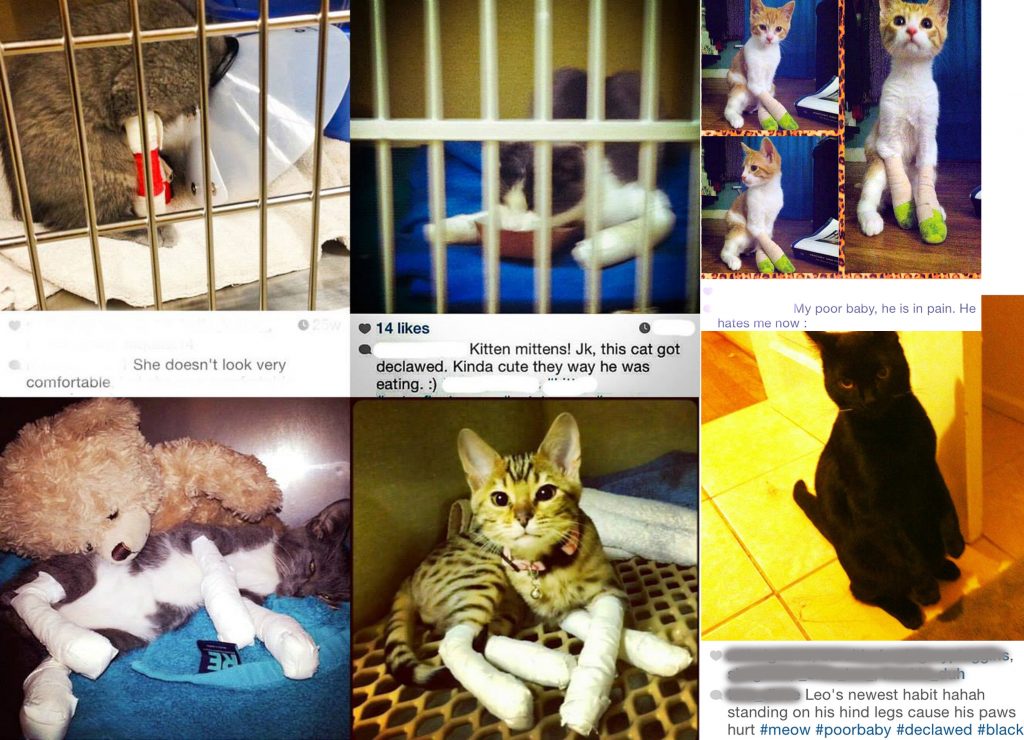
February 2023 Update. Dr Michael Yurkus, 2017-18 President of the New Jersey Veterinary Medical Association, is still declawing cats according to an employee at his hospital, Middletown Animal Hospital. An employee at this hospital said that declawing is a very painful elective procedure like if a human is getting plastic surgery. Researcher asked if it […]
